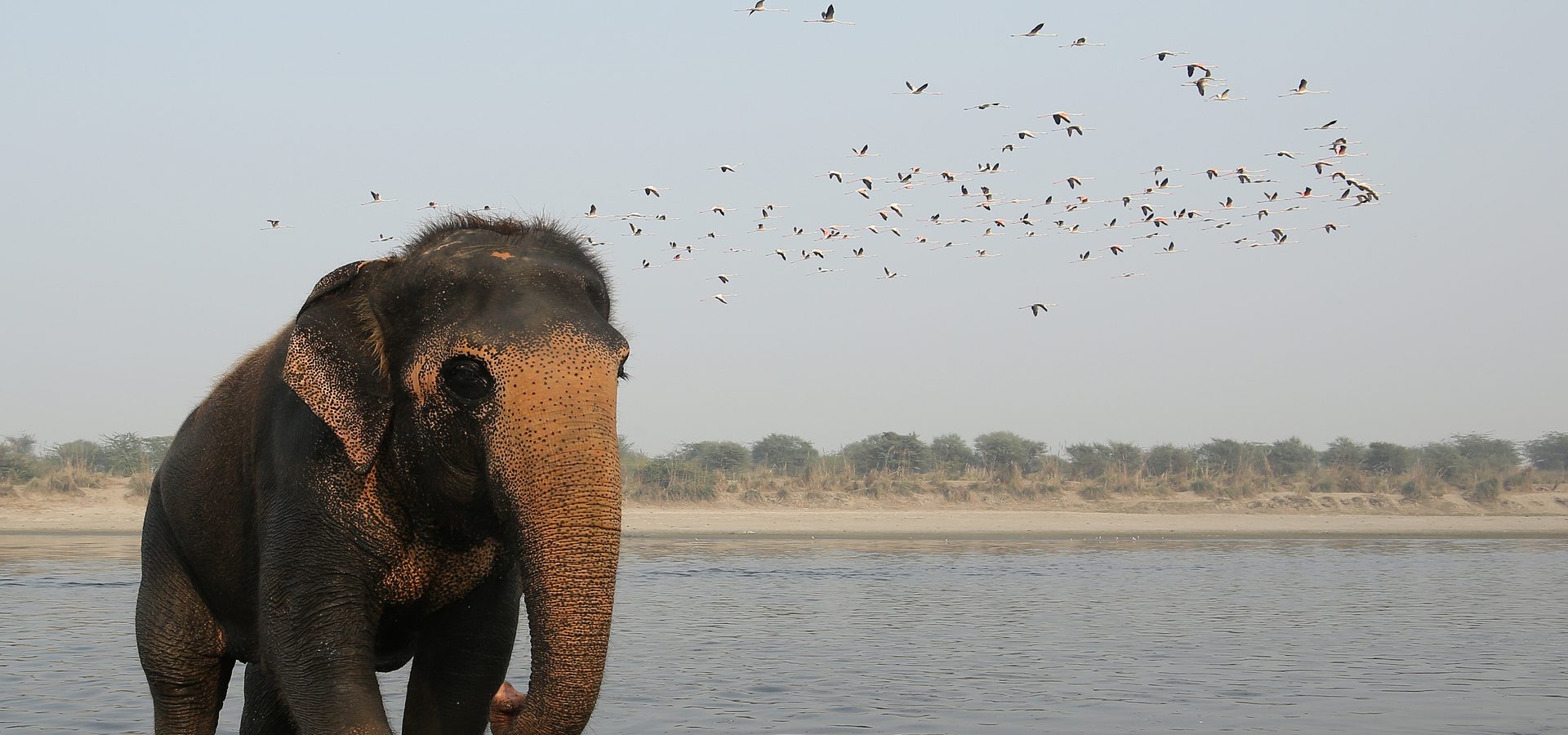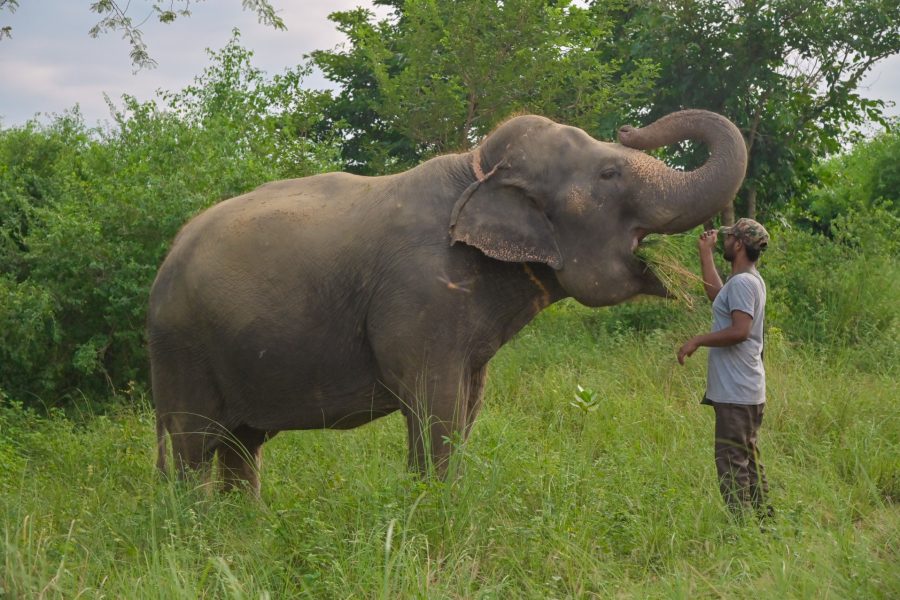Did you know that the land where the Elephant Conservation and Care Centre (ECCC) stands today was in fact a mustard and potato farm? The 40-acre area was extensively used for agriculture leading to the degradation of the soil quality, until our efforts over the years to regenerate the property began.
The Wildlife SOS team has been able to revive the area by planting over 2000 saplings, which are now on the way to becoming adult trees. Today ECCC has gone from being a barren land to an oasis for elephants and several other species that call it home.
It has always been known that when land prospers, the life forms dependent on the land prospers as well. The Elephant Conservation and Care Centre began with the initial mindset of hosting and caring for rescued elephants; however, the gentle giants are well known bio engineers in their own right and have left an impact on the land with every step they have taken— quite literally! The elephant’s large and deep foot impression in the mud, make for a perfect little oasis for the germination of new seeds and watering hole for smaller species of animals and insects.
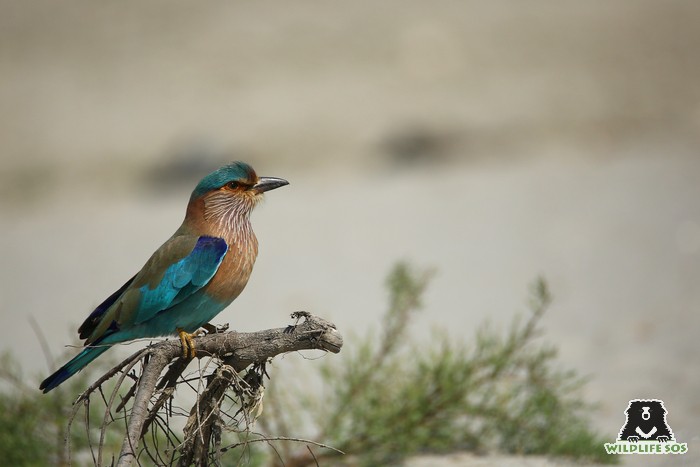
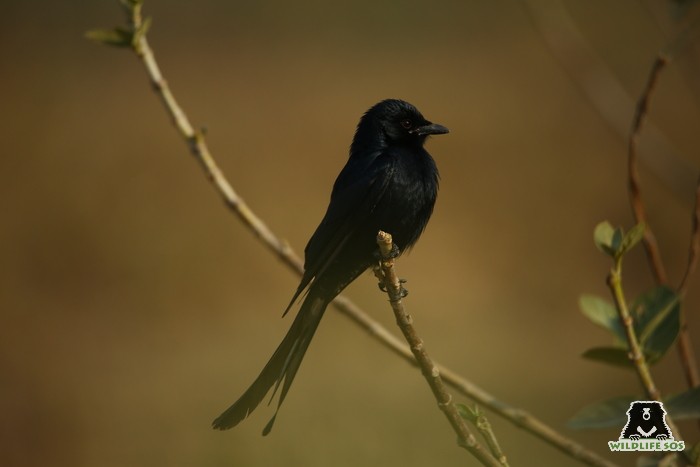
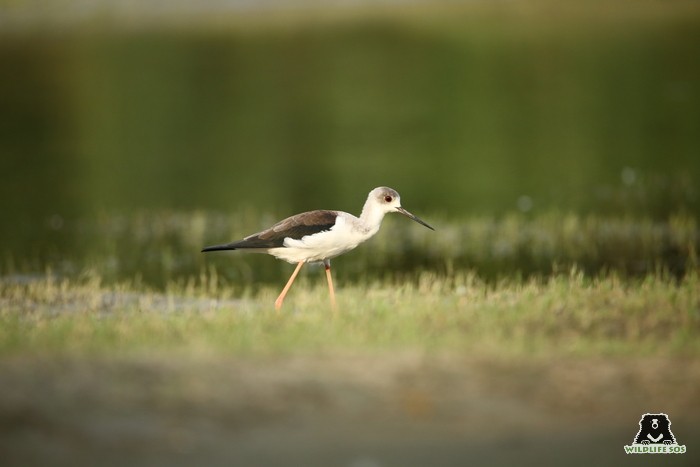
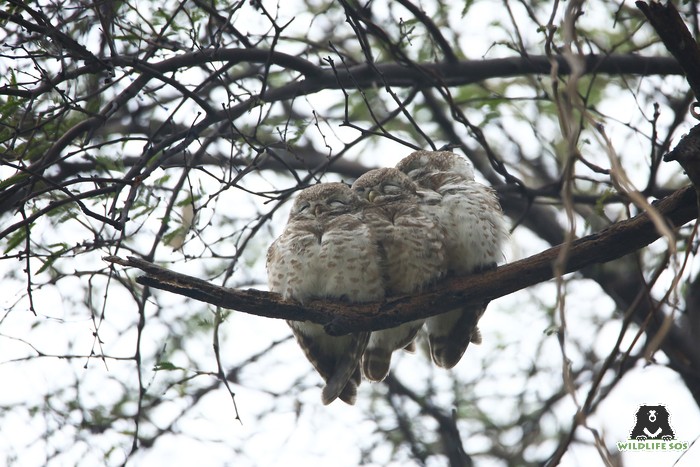
This happy coincidence has encouraged the growth of many species of native vegetation and in turn has also attracted more than 20 new species of animals and birds in the last decade! Some of the many new inhabitants of the expansive land are peafowl, Jungle babblers, Green Bee eaters, Francolins, Barbets, Greater Flamingos and several more species. A few other animals we have come across at the centre include Sand Boas, Pythons, Royal Snakes, Hare, Hedgehogs, Kraits and more.
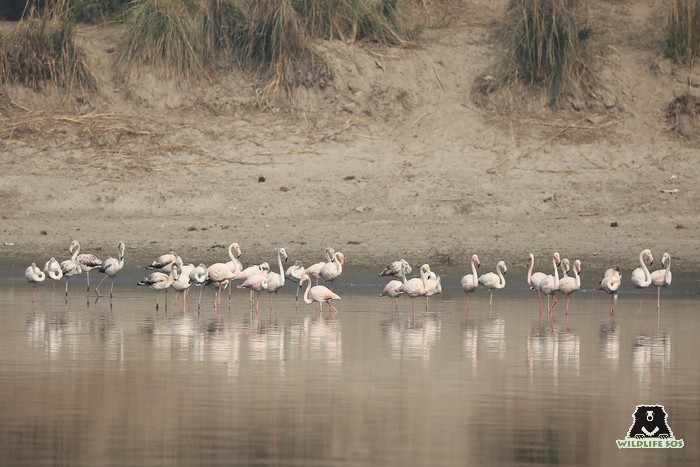
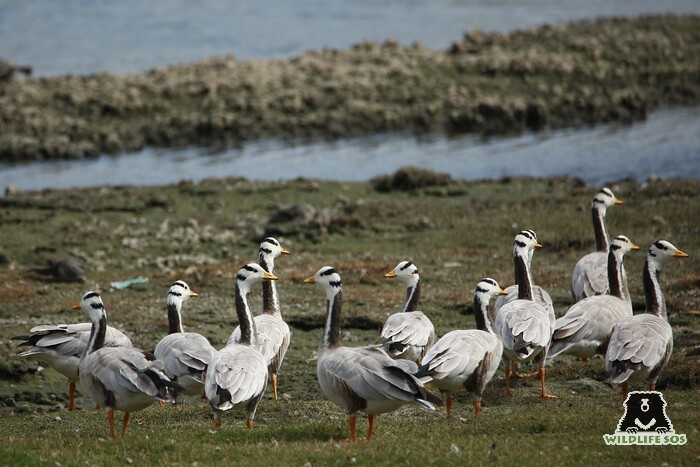
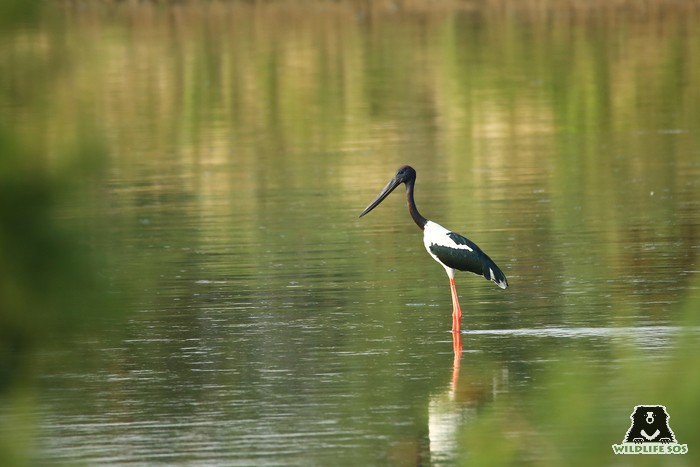
Our rescued elephants are also quite accommodative, notably Maya and Phookali who share their custom scratch post with a family of spotted owls who nest in the hollows, from time to time. Other birds that benefit from the elephants are peacocks who feed on the seeds present in abundance in elephant dung. These animals are made comfortable by the resources naturally found in the area since the elephants have now established a working nutrient cycle by staying on the land. This has led to the spotting of various species of insects as well who are vital for ecological health.
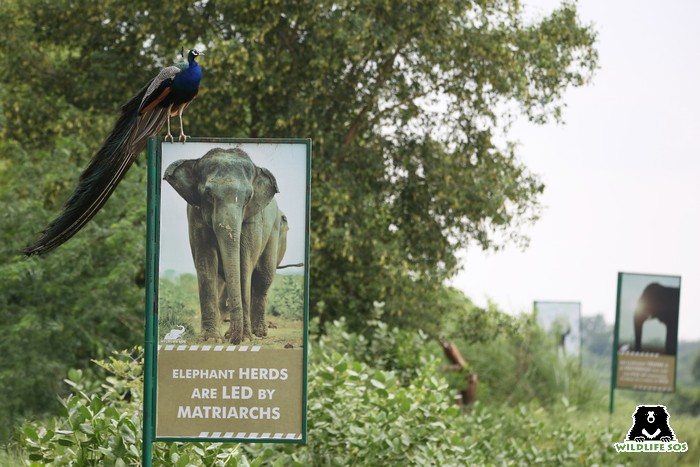
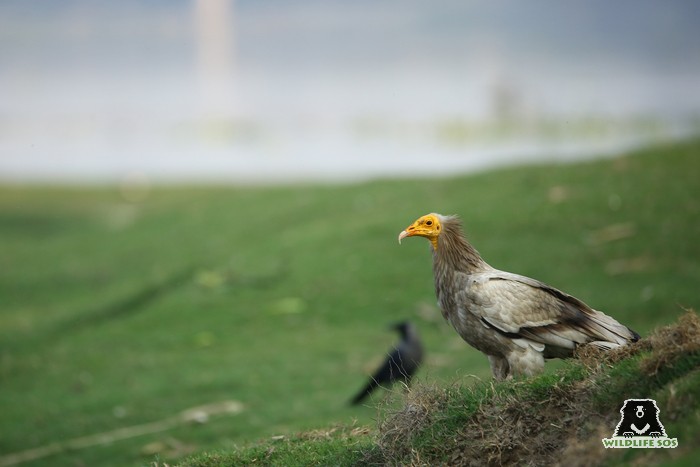
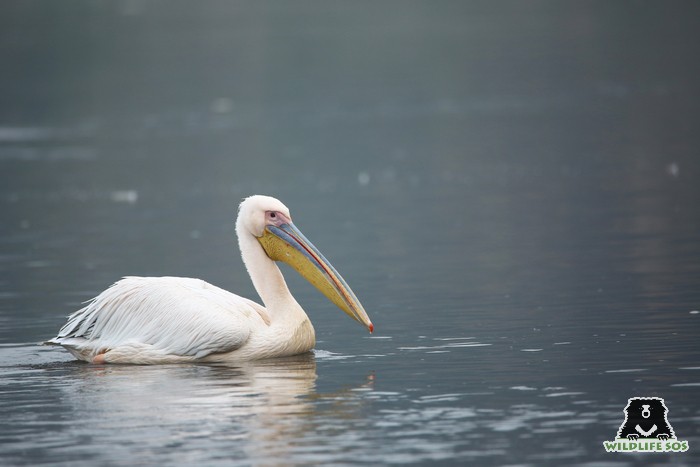
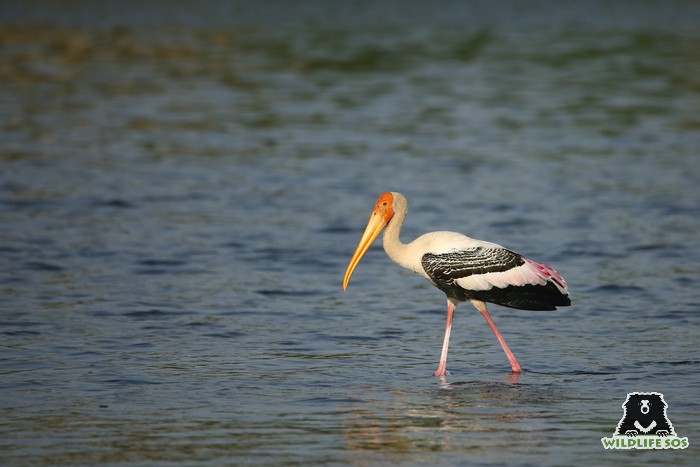
ECCC has been impactful in more ways than one, with its nourished soil providing the perfect location for an organic farm and other micro habitats. These little ecosystems are ideal for geckos, snakes and notably a nest of red-vented bulbul nestlings in the lush walkway of the center.
Wildlife SOS conducts regular plantation drives at the centre with the Forest Department and members of the Agra Horticulture Club. As the soil quality has improved over the years, we have been able to utilize it in more sustainably by starting an organic farm spanning over 3 acres of our vast centre. Today, we are growing our own fresh vegetables and herbs that feed our field staff and on a small scale, the elephants.
This growing network of symbiosis would be incomplete without the involvement of the local communities and their help. Wildlife SOS believes in the holistic upliftment of animals with the humans who co-inhabit the region. This makes for staff and supporters of the project who are personally invested in the growth and success of the animals. This relationship between local communities and the animals is facilitated by the Wildlife SOS Education officers who encourage curiosity about conservation within the communities they teach.

